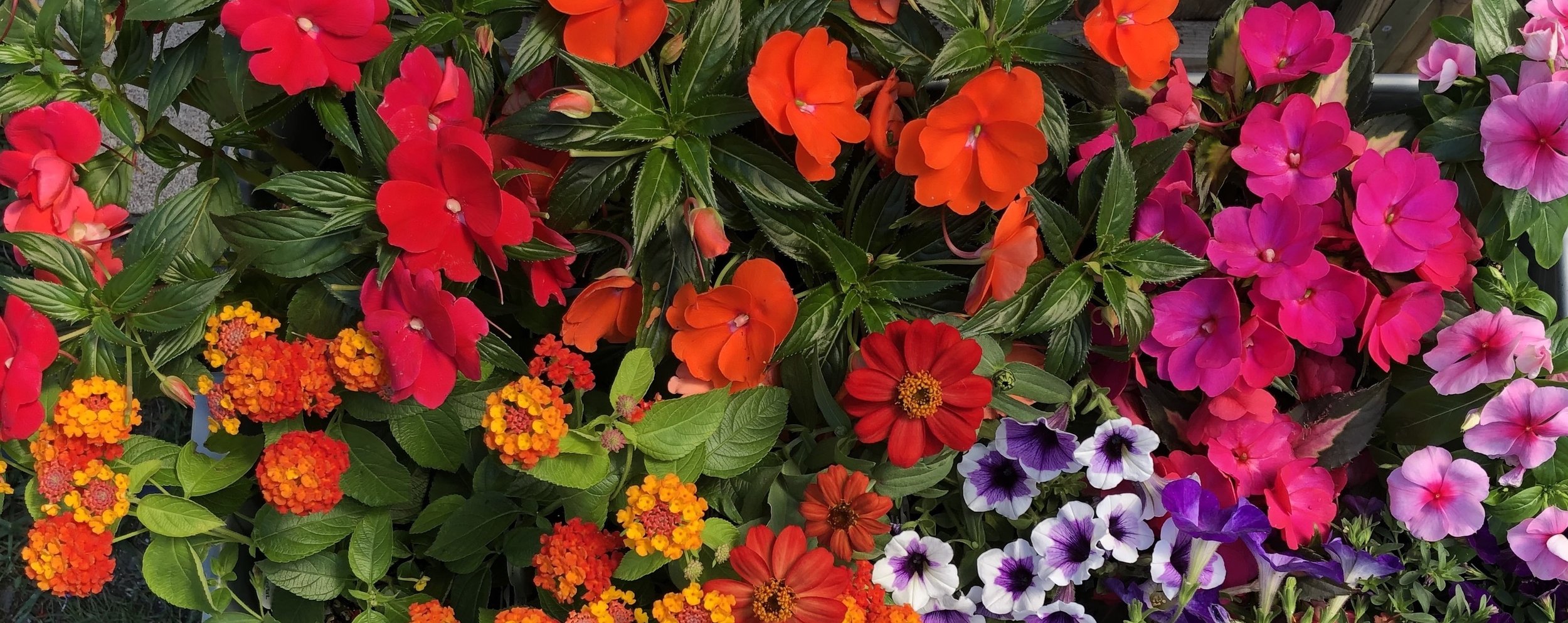Cutting Herbs: form matters!
How you prune herbs depends on the herb.
Chives, parsley & cilantro grow from a “crown” at soil level, so cut the whole stem when harvesting. A stem that is cut mid-way down doesn’t grow new leaves – the remaining stem will just yellow and die. Cut the oldest, biggest stems to encourage new growth.
Basil & mint can be sheared—taking the newest leaves from the tops of the stems. Cut them at a point on the stem where there are new side leaves. This will encourage more branching. Be sure to pinch off any flower buds you see before they bloom. It is also a good idea to thin herbs by taking a few whole stems down to the base when the plants start getting too dense and bushy. This is especially true for mint—it can quickly take over the whole pot!
Rosemary, sage, thyme & oregano can be cut in different ways depending on what you want to use them for. Pinch tender young leaves from the newest growth if you want to use them immediately. Thicker, older leaves are good to for long-cooking soups and stews. Cut whole stems to hang and dry for later use (and to thin out the plants). Older, tougher stems can make terrific skewers for shish kebabs!
Lavender is a special case. If you are going to use it in tea, pinch off young leaves. However, you’ll want to use the flower buds in most recipes, soaps, lotions, and potpourri. Many people believe that the flower buds have more flavor and fragrance than the flowers themselves. Cut the whole flower stem where it joins the leaves (don’t rinse it) and hang the stem upside down for drying. Not enough flowers? You can cut and dry whole branches and use the leaves for scented projects too.


